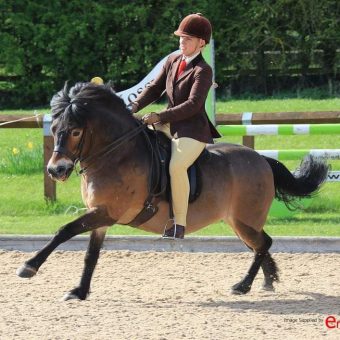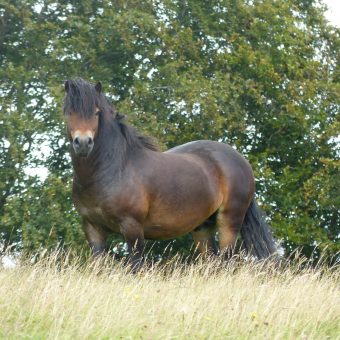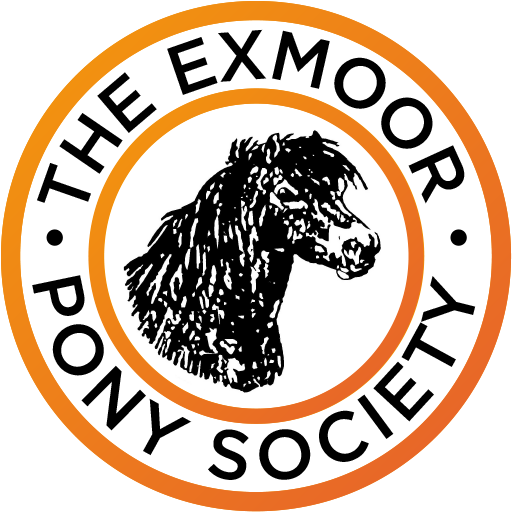Welcome to the Exmoor Pony Society’s website.
This page will signpost you to the exciting work we do, and how you can get involved.
What is an Exmoor pony?
The Exmoor Pony is one of the oldest and rarest UK breeds of native pony. From just 50 surviving after World War 2, we’ve worked hard to safeguard their future. Yet they’re still a ‘priority’ on the Rare Breeds Survival Trust at risk list – which essentially means endangered.
While there are 4,000 or so registered Exmoor ponies today, they’re all descended from those 50 moorland ponies. Only around 10% of the total population live on the moor and fewer than 200 foals are born worldwide each year.
You’ll find a great introduction to the Exmoor pony here and you can watch our ‘Surviving Wild’ video here.
Can I become a member of Exmoor Pony Society?
Becoming a member really helps to support our work in safeguarding Exmoor ponies. Membership is open to anyone who is interested in the ponies. As a member you can take part in events and shows, and you get our annual Yearbook and regular newsletters.
We’re always keen for members to take an active role in our society, but even if you do nothing at all we’re happy to have you join us!
Membership fees start at £10 for a junior/student. Supporter/Associate membership costs just £25 a year. Find out more here.
Why are Exmoor ponies important?
Exmoor ponies are part of the natural history of Exmoor and the UK as a whole. This makes them just as important as the built heritage, if not more so. Think of them in the same context as historic stately homes and castles! Ponies were first recorded on Exmoor in the Domesday book and have probably been here much longer.
Find out more about their history.
What does the Exmoor Pony Society do?
We’ve been the guardian of the breed since 1921 and we’re responsible for registering pedigree Exmoor ponies, promoting them and safeguarding their future. We’re a charity and a membership organisation, and it’s our membership and donations that fund our work.
Find out more about our work here. As a member you can also become a trustee and take an active role as a committee member.
Can I feed the ponies on the moor?
Please don’t! It encourages them to congregate near roads and parking areas which puts them at increased risk of traffic accidents. They are very good at foraging for themselves. Unfamiliar food can also make them ill. Although they are all owned by Exmoor farmers they live an independent life and should be treated as wild animals.
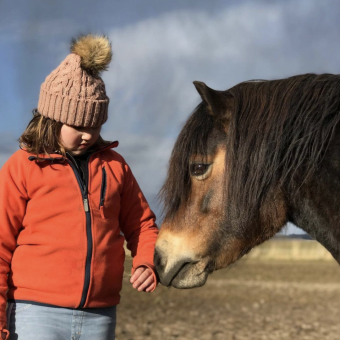
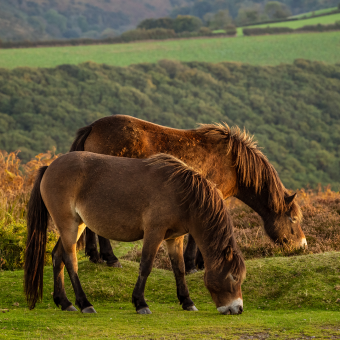
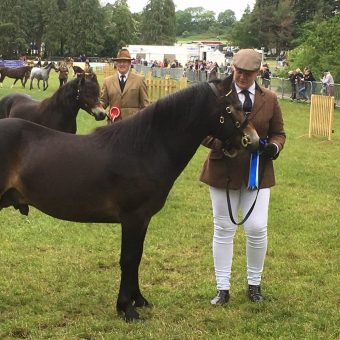
How can I help the Exmoor Pony Society to protect and preserve the ponies?
In addition to becoming a member there are several ways you can support our work.
• You can make a donation in various ways. You’ll find more information here.
• You can join our 200 Club – a fundraising club with monthly cash prizes!
• You can fundraise or donate towards our Exmoor Pony Gene Bank campaign.
The Exmoor Pony Society has launched a campaign to help secure the future of the UK’s oldest native breed. The Exmoor Pony Society Gene Bank Campaign is an innovative initiative that will create an Exmoor pony gene bank. It will cryogenically preserve genetic material that could safeguard the breed against future disasters.
With £50,000 already raised and committed, the first stallion is set to donate semen to the gene bank this month (March 2023).
Make a donation nowIf you have any other ideas, we’d love to hear them!
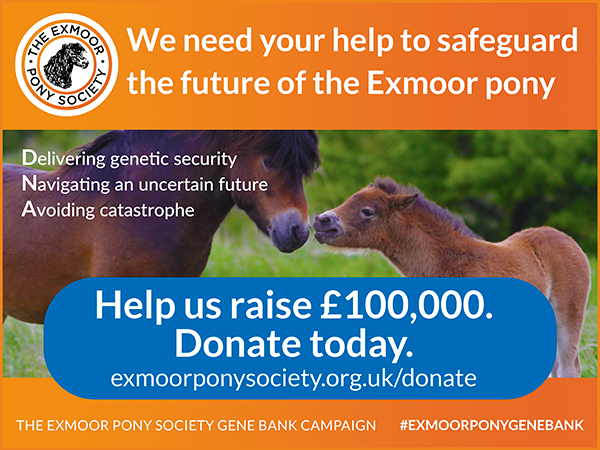
Where can I see Exmoor ponies?
We’ve created a herd map so you can identify where the free living ponies are located. You’ll find printed copies of the map across Exmoor, and our digital version can be downloaded here.
You can also see ponies at shows. Exford Show in August is the main breed show, and most village shows on Exmoor have classes for the ponies. The Exmoor Pony Centre, which is run by the Moorland Mousie Trust, an organisation that works closely with the EPS and has a visitor centre near Dulverton.
Please drive slowly and with care when crossing the open moorland as the ponies can be very close to the road and not always immediately visible. Every year ponies are killed and injured by careless driving.

